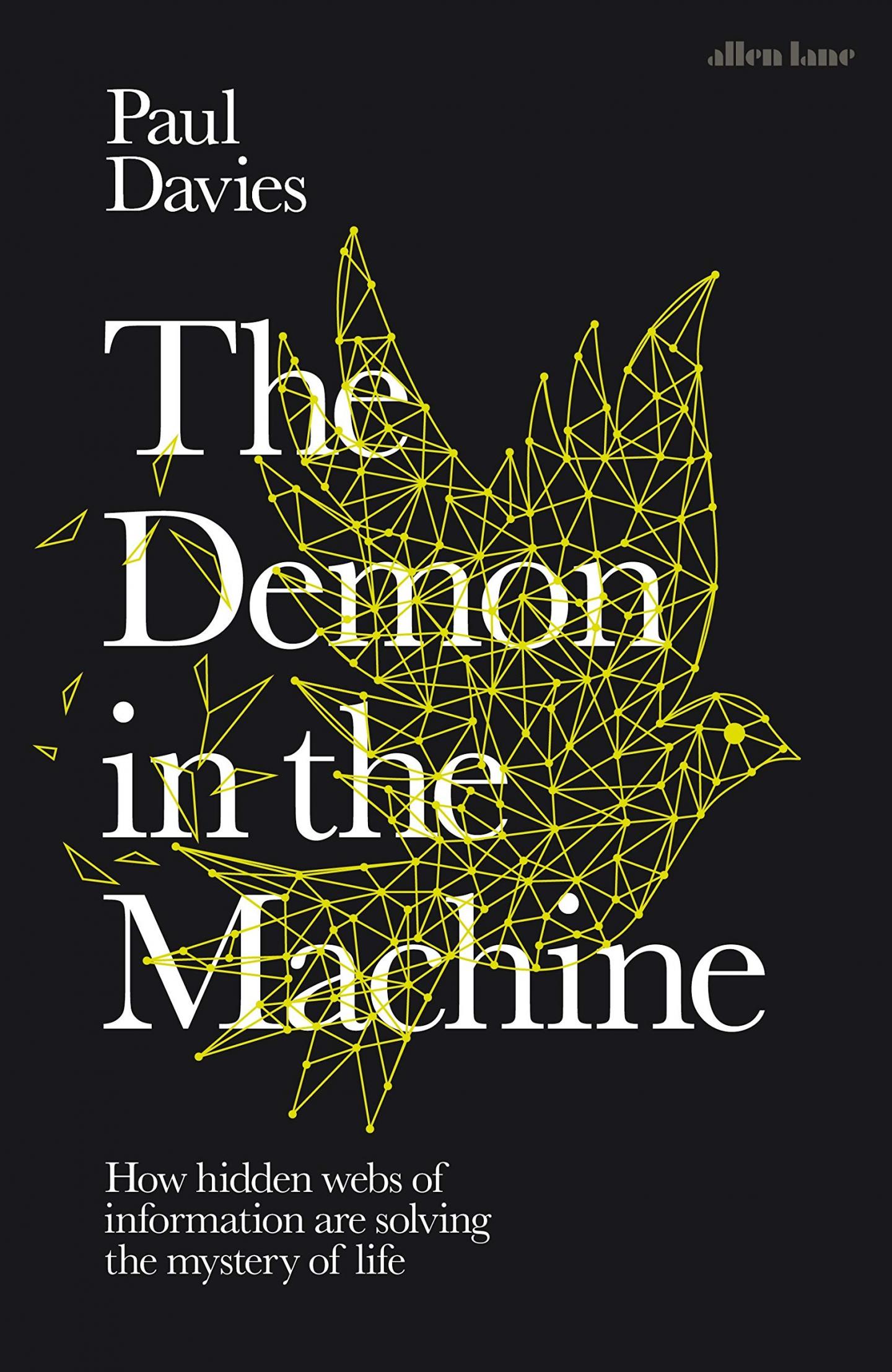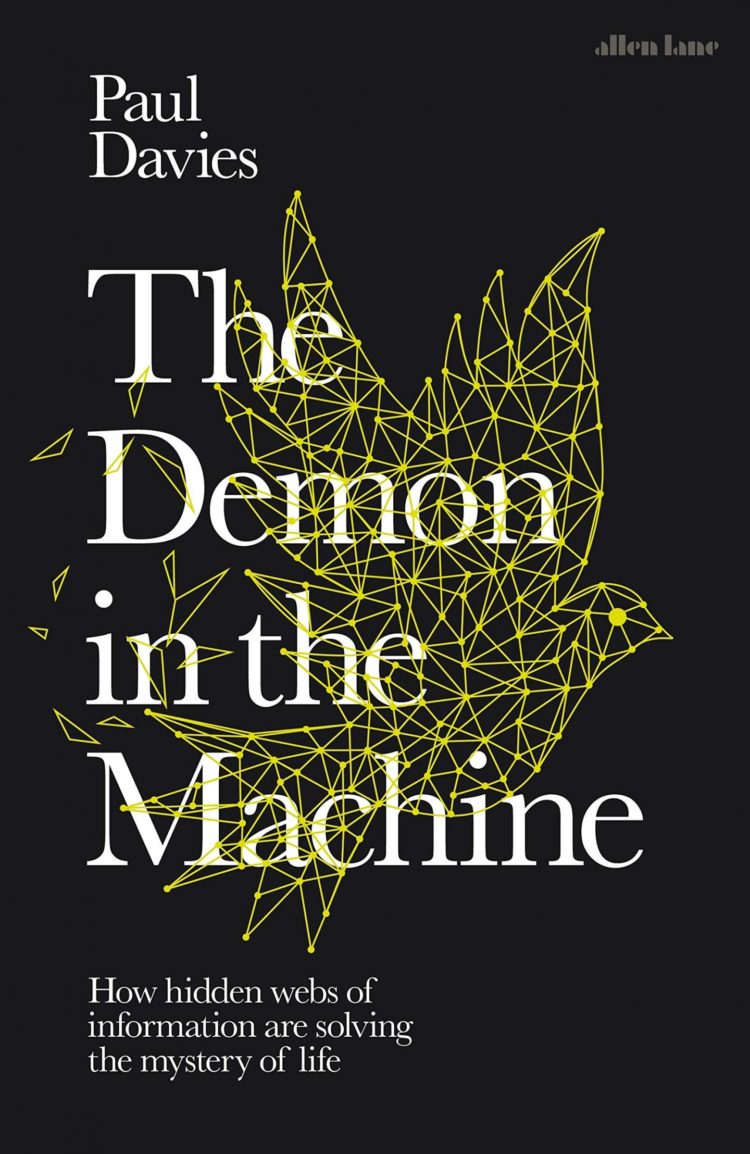
Credit: Arizona State University
Paul Davies’ newest book, The Demon in the Machine, takes aim at one of the great outstanding scientific enigmas -what is life, how and why does it emerge and what distinguishes the living from the non-living? The book, which was published this past October in the U.S. has now been named the top physics book of 2019 by Physics World, a publication of the UK Institute of Physics.
“It is a challenging, but ultimately extremely captivating, fruitful and enjoyable read,” said Tushna Commissariat, the Reviews and Careers Editor at Physics World. “You might think a topic like the emergence of life would be quite overwhelming. But Professor Davies’ aim is to lay out a basic explanation of how matter (living and otherwise), information and entropy interact. For a topic like this, he is the ultimate guide.”
“As a physicist, I was nervous about tackling biology, especially such a fundamental question as the nature of living matter,” said Davies, an ASU professor of physics. “But to my relief, the book received sensational reviews. I based my discussion on the research being done in the Beyond Center here at ASU, so much credit should go to my brilliant colleagues.”
Matter plus information equals life
In The Demon in the Machine: How Hidden Webs of Information are Solving the Mystery of Life, Davies picks up the challenge where the great quantum physicist Erwin Schrödinger left off 75 years ago. Schrödinger’s 1944 book What is Life? inspired two generations of scientists, Davies included. In spite of decades of progress in biology, there is still no agreement on what makes life tick or how it originated. To a physicist, life seems like magic matter. But now, explains Davies, we can at last glimpse where the answer lies, and it comes right out of left field – from the realm of information theory.
“What is it that gives life its distinctive oomph?” Davies asks. “How can a bunch of stupid atoms combine to form something so exquisitely clever?”
That is where information comes in.
To Davies, living things are complex networks of informed chemistry, with organized information being the key to explaining life’s distinctive properties. Our genetic material, DNA and RNA, is but one well-known example of this information, being the instruction manual for life. But coded information surges through living things at all levels, from genes to cells to brains to ecosystems, even extending to a planetary scale.
“The biosphere is the original World Wide Web,” quips Davies. By garnering, processing, encrypting and transmitting information, organisms can perform sophisticated logical operations akin to electronic and computing systems.
The challenge for scientists is to understand how ‘information,’ an abstract concept stemming from the realm of human discourse, can affect material objects. However, as Davies explains, a deep link between information and physics was discovered in the middle of the nineteenth century with a thought experiment by James Clerk Maxwell. Maxwell envisaged a tiny being – a demon – that could use information about molecules to perform mechanical work; that to use information as a fuel. Today, real Maxwell demons are being made by nanotechnologists, proving that information can indeed serve as a fuel – it is a physical quantity. But living organisms are replete with molecular machines that are, in effect, Maxwell demons, thus opening the way for an explanation of life’s remarkable abilities.
“Information pervades biology,” Davies says. “But to fully explain life, do we need a new law, one that couples information and matter at all levels of complexity? Schrödinger was prepared for it, and after many years of research I have come to agree. Biology demands a totally new kind of physical law, built on the theory of information.”
###
This is the 10th anniversary of Physics World’s Book of the Year award for popular physics books. The top books named, and the honoring of Demon in the Machine: How Hidden Webs of Information are Solving the Mystery of Life, are judged according to three criteria – the book must be well written, novel and scientifically interesting to physicists.
Media Contact
Skip Derra
[email protected]
480-965-4823
Original Source
https:/





